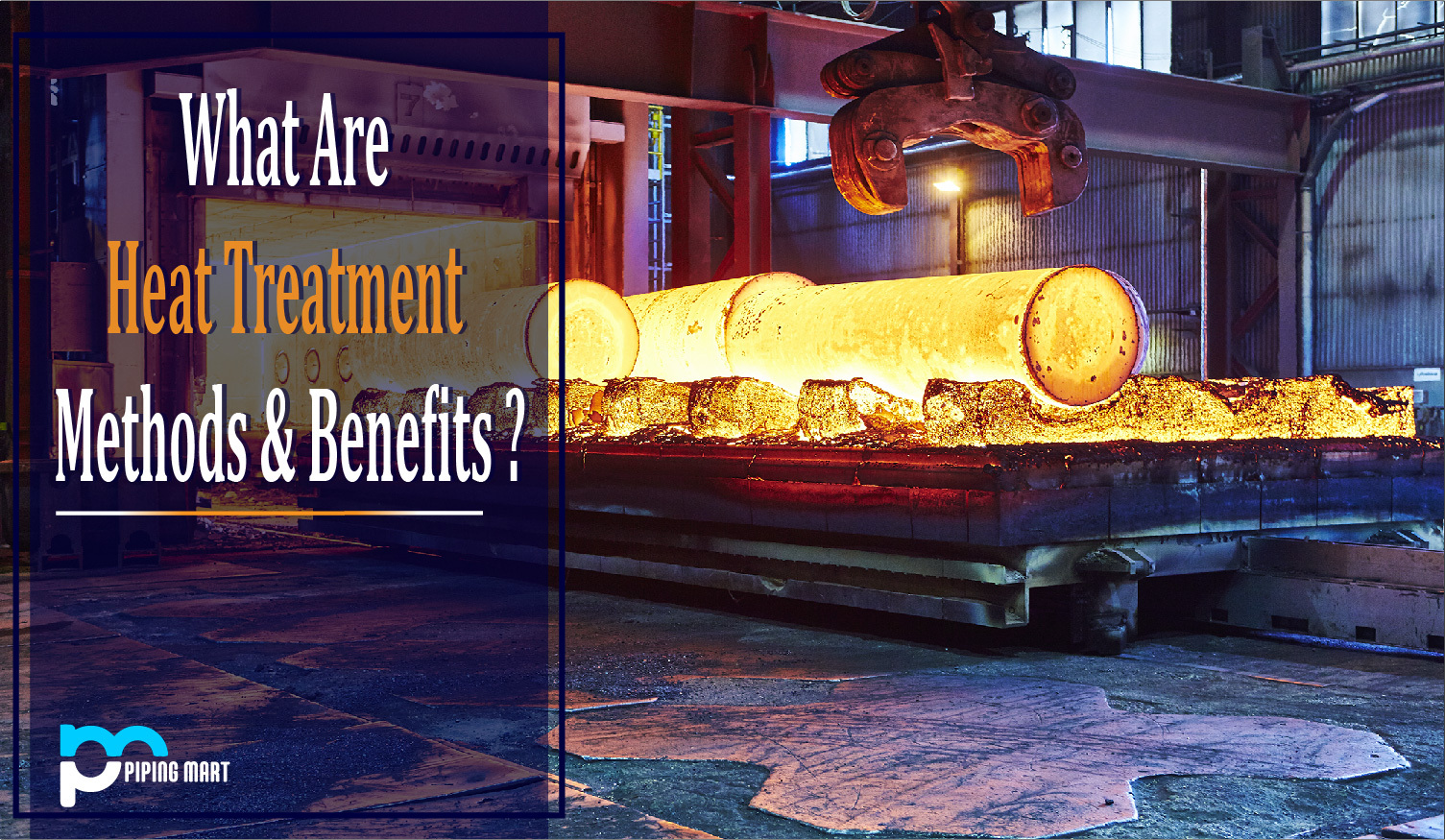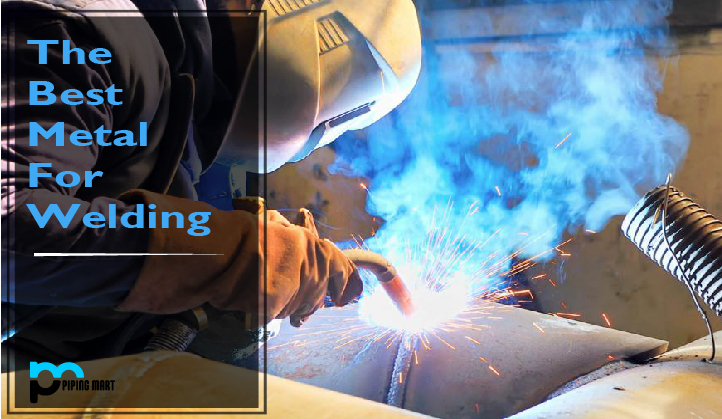Heat treatment is the process of heating and cooling metals using certain predefined methods to obtain desired characteristics. Both ferrous and non-ferrous metals undergo heat treatment before use. To this end, they have developed a new schedule or cycle for the production of different varieties. Each program is associated with different heating, holding, and cooling rate of the metal. If you follow these procedures carefully, you can produce many standard metals with amazing specific physical and chemical properties. There are many reasons for heat treatment. Some processes soften the metal, others make it harder. You can also influence the electrical and thermal conductivity of these materials. Certain heat treatment processes can reduce the stress of the previous cold forming process. Others have developed the required chemical properties of metals. The choice of the ideal process depends on the type of metal and the required properties. In some cases, a piece of metal can be heat treated multiple times. For example, some high-temperature alloys used in aircraft manufacturing can optimize their use through up to six different heat treatment steps.
Heat Treatment Process Steps.
In short, heat treatment is the process of heating metal, keeping it at that temperature, and then cooling it again. In this process, metal parts will change their mechanical properties. Because high temperature will change the microstructure of the metal. Microstructure plays an important role in the mechanical properties of materials. The result depends on many different factors. These include heating time, the retention time of metal parts at a specific temperature, cooling rate, environmental conditions, etc. The parameters depend on the heat treatment method, metal type, and part size. During this process, the properties of the metal will change. These properties include electrical resistance, magnetic properties, hardness, toughness, ductility, brittleness, and corrosion resistance. There are quite a few heat treatment techniques to choose from. Each of them has certain qualities. The most common heat treatment methods include:
- Annealing
- Normalizing
- Hardening
- Aging
- Stress relieving
- Tempering
- Carburisation
Benefits
There are various reasons for carrying out heat treating. Some processes soften the metal, others increase the hardness. They may also affect the electrical and heat conductivity of these materials. Some heat treatment processes can relieve the stress of previous cold working processes. Others have developed the required chemical properties of metals. The selection of the ideal method is simplified to: metal type and nbsp; and required attributes. In some cases, a piece of metal can be heat treated multiple times. For example, some high-temperature alloys used in aircraft manufacturing can optimize their use through up to six different heat treatment steps.

Pipingmart is B2B portal specializes in industrial, metal and piping products. Also, share latest information and news related to products, materials and different types grades to help business dealing in this industry.




